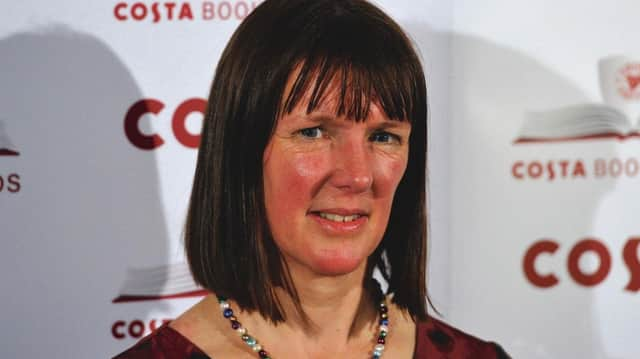Book review: Antlers of Water, edited by Kathleen Jamie


The title of Antlers of Water – a collection of new writing on “the Nature and Environment of Scotland” – comes from a poem by Norman McCaig. In her introduction, Kathleen Jamie claims that “what is different about the twenty-first century, what makes our nature writing ‘new,’ is our increasing awareness of unfolding ecological crisis.” I suppose there is truth in the assertion. Malachy Tallack, in one of the better essays here, doubts whether disaster can be averted; nevertheless he clings to hope because ”without enacting hope it is not possible to love.” This is an interesting if dubious statement, since poets and songwriters have bewailed hopeless love since the dawn of literature.
There are 23 contributors to the book. Picking out individual essays or poem sequences can only, in a short review, give a misleading or distorted picture. Few readers will find everything good; only those who are sceptical about climate change or the damage done to ecology by pollution of land and sea will fail to find much of merit here. In general it’s fair to say that while there is much justified concern on offer, there is an agreeable absence of doom-mongering. This is partly because almost all the contributors – no, delete that “almost” – take pleasure in the natural world and find themselves enriched by it.
Advertisement
Hide AdResponses to climate change of necessity involve us in a balancing act. Take wind farms, for example. They offer us what is called clean energy, but many detest them and regard them as a blot on the landscape. Chris Powici defends them, while at the same time admitting that they “make their presence felt” and “we want – maybe even need – our wild places to look the part.” Kathleen Jamie herself speaks of “the intersection of modernity and nature in a rapidly changing Scotland.” Fair enough, and it is probably an unfair criticism of a collection of pieces about “the Nature of Scotland” and the ecological challenges we face to remark, first, that Scotland is now an urban nation, and, second, that for those who farm the land the restoration of wilderness can rarely be of anything but secondary importance.
In short, the Scotland of nature-writers is not the Scotland in which most of us live, and nature writing which doesn’t take account of this fact may appear to be self-indulgent. Indeed it often is that. Too many of these pieces are spattered with the first personal pronoun: I, I, I. They are tiresomely subjective, as if the author’s response to landscape is more interesting than the landscape itself. They are not short of what John Buchan called the deplorable Scottish habit of “unction.”
There is much to enjoy and admire here, but the pervasive note of moral superiority is as tedious as it is uncalled for. It is often as if the writer was saying , “look at me; see how concerned I am.”
Exploring the distant past, recreating it as a “heritage project,” as described by Hayden Lorimer in his account of the failed Archaeolink visitor attraction in Aberdeenshire, is interesting and commendable, as is the reintroduction of birds of prey – ospreys, sea eagles and the carrion-eating red kites but, like rewilding plans, they neither put food on the table nor represent a useful response to the problem of climate change.
For my own part, I would love to see again a field of corn being harvested by Clydesdales pulling a binder and stooks standing in the evening sunlight, but this could be no more now than a sort of hobby farming.
Several writers here speak lovingly of the beauty, even magic, of the wild deer in the hills. Fair enough; that’s part of Scotland. But so is the beauty of a field of black cattle in the knee-deep grass of a haughland.
Advertisement
Hide AdNature tamed can be as marvellous and beautiful as nature at its wildest. “O for a day at the Hint o’ Hairst/ Wi’the craps weel in an’stackit.” Charles Murray’s was a true voice of rural Scotland, truer, I’d say, than any sounding in this collection of nature writing.
Antlers of Water, edited by Kathleen Jamie, Canongate, 278pp, £20. Kathleen Jamie and other contributors to Antlers of Water will be appearing online as part of the Edinburgh Book Festival on 24 August, visit www.edbookfest.co.uk.
A message from the Editor
Advertisement
Hide AdThank you for reading this story on our website. While I have your attention, I also have an important request to make of you.
With the coronavirus lockdown having a major impact on many of our advertisers - and consequently the revenue we receive - we are more reliant than ever on you taking out a digital subscription.
Subscribe to scotsman.com and enjoy unlimited access to Scottish news and information online and on our app. With a digital subscription, you can read more than 5 articles, see fewer ads, enjoy faster load times, and get access to exclusive newsletters and content. Visit https://www.scotsman.com/subscriptions now to sign up.
Joy Yates
Editorial Director